Super Mario 3D All-Stars on Switch
Few gaming franchises have the sheer cultural impact that Mario has had since his creation in 1985. 35 years of platforming excellence have culminated into an anniversary collection, aptly titled Super Mario 3D All-Stars.
The collection’s contents include three of the most important 3D games in the franchise: Super Mario 64, Super Mario Sunshine, and Super Mario Galaxy, which were originally released in 1996, 2002, and 2007, respectively.
For long-time gamers, it’s hard to find someone who hasn’t played at least one of these three iconic games at some point in their life. If you grew up with a Nintendo 64, GameCube, or Wii, you probably played a 3D Mario game on those consoles.
I’m one of the few who didn’t. The only 3D Mario game I’ve played prior to 3D All-Stars was Odyssey, so I don’t have the same nostalgia for this collection like millions of others have. Besides some working knowledge of the gameplay and mechanics, I went into these games with a clean slate, playing them in release order.
After experiencing these three games, there is no doubt that they are the cream of the crop of Nintendo’s greatest creations. Though the collection did not fix some aspects of the games that did not age particularly well, all three are a complete joy to play for the very first time in 2020.
Nostalgia is not a significant factor in the claim that these games are masterpieces and are among Nintendo’s finest work.

I can only imagine the magic felt when Super Mario 64 was first released in 1996, and much of that magic still exists now. Each and every stage is inspired and well-thought out in design, and there are plenty of secrets to uncover.
For those who are unfamiliar, the story and gameplay are simple: Bowser has taken over the castle in the Mushroom Kingdom and has kidnapped Princess Peach. Mario must use the paintings throughout the castle to warp to different worlds, collect Power Stars, and unlock different areas of the castle in order to progress.
Collecting 70 Power Stars to beat the game isn’t difficult due to the array of levels you can choose from, and there are tougher stars to collect for anyone who wants that challenge.
It is clear that Nintendo mastered the art of platformer level design from the very start. However, back in 1996, the technology for gaming on a 3D plane was brand new; it may have been groundbreaking at the time, but some aspects of it don’t hold up as well today.
These are most notable in Super Mario 64 especially. Specifically, the camera controls feel stuck in 1996. Anyone who has gotten used to the control scheme in Super Mario Odyssey will find it jarring to return to the fixed angle camera in 64 as opposed to the fully rotating camera.
It was revolutionary back then to rotate the camera one angle at a time, but in 2020, it feels clunky. In the worst cases, leaps of faith to platforms must be made if you cannot orient the camera to the right angle to see where you are jumping.

On one hand, I appreciate the fact that Nintendo may have chosen to not change the camera controls in order for it to feel true to the original game’s release. On the other hand, this is a game that truly deserves the quality of life improvements that a remaster should have for a modern release. It’s too bad they didn’t go the extra mile for it the way that they have done for many of their other remastered games.
A resolution boost would have been another welcome change. Playing with the original Nintendo 64 screen resolution instead of widescreen somewhat makes it feel like the game is a Virtual Console port and not a 2020 rerelease. However, there is no denying that the graphics have been upgraded in a perfect way: everything is crisp and clear, yet it retains the blocky N64 polygons from that era.
In Super Mario Sunshine, the game opens with Mario and Princess Peach taking a much-deserved vacation on Delfino Island. Upon landing, however, they find that the island is polluted with graffiti, and the natives mistake Mario for the culprit. He is sentenced to cleaning up the island with the help of FLUDD, a sentient water-spraying backpack, while he attempts to track down the real criminal.
Sunshine did receive some slight changes to its controls, which is expected due to the original release on the GameCube. The Switch does not have analog triggers, meaning that FLUDD’s water spraying controls had to be changed.
Pressing ZR sprays the water at full power while Mario moves around, while pressing R keeps Mario stationary so you can aim the water with the left control stick. It doesn’t feel perfect since it’s now mapped to two different buttons instead of one like in the original release, but it’s easy enough to get used to and doesn’t present any major problems during gameplay.

Nintendo seemed to have cut some corners with these control updates, though, because in the tutorial with FLUDD, words from his dialogue are removed instead of replaced, which makes it feel rushed and unfinished. The instructions in this scene are useless to anyone who plays the game without on-screen captions.
One of the main reasons why I never played Sunshine when it originally released was due to the forced inverted camera controls. This has been reversed in 3D All-Stars. Unfortunately for those who preferred the inverted controls, there is no way to change it. There are a distinct lack of options for remapping the buttons and controls for all three games in this collection.
Beyond those little problems, Sunshine feels great to play in 2020. Mario’s movements feel a lot more modern here than they did in 64 and the level design is just as polished as they were in the previous game. Not all of the levels were quite as memorable as 64’s were, but there are a few gems that stand out from the rest.
Sunshine isn’t overly difficult either with only 50 Shine Sprites needed to beat the game, but it does provide more of a challenge than 64 did. This is due to the fact that the first seven Shine Sprites in each level must be obtained to face the final boss of the game instead of choosing which ones to collect.
This means that if you hope to beat the game, you can’t skip any challenge you may be having a tough time with the way you can in 64. Ultimately, this is fine; the most challenging levels are the ones in which FLUDD is taken away and you must rely on Mario’s platforming abilities. Luckily, the controls and movement of Mario are polished, and there are few cases of the games’ physics making it too difficult.

The bosses in Sunshine’s levels are fun and usually make great use of FLUDD’s water spraying mechanics, though some of them are a bit repetitive. There are a few instances of fighting the same boss multiple times with little changes to the battle mechanics. This is not a major complaint; the battles are still fun, but there is little variety.
Super Mario Sunshine looks beautiful in HD with a boosted widescreen resolution for the Switch. The hub world of Delfino Plaza is fun to explore, and the game attempts to have more of a story than Super Mario 64 had, though it’s still simple; the game’s main focus is on the world and level design, though the story has a layer of depth in that you find yourself actually having sympathy for one of the villains.
Lastly, Super Mario Galaxy has the strongest story of the three games. Mario arrives at Princess Peach’s Star Festival just as Bowser is crashing the party with his airships. Surprising to nobody, he kidnaps Peach, this time taking her to the depths of outer space. Mario teams up with new allies on a comet observatory to travel through various galaxies, collect Power Stars to save Peach, and help his new friends with their troubles.
Galaxy is the game in the collection that has received the most love and care in its remaster. The controls for this game needed to be reworked a great deal since it originally released on the Wii with motion controls. Luckily, there are a variety of ways to play it on the Switch.

The first option is to use separated Joycon, which act most similarly to the original Wii Remote experience. Point the Joycon at the screen to move the blue Star Cursor around to collect and shoot star bits. If you’ve played Galaxy on the Wii, you know what to expect here.
The second option is to use Joycon in the grip or a Pro Controller. This is by far my favorite way to play. The parts of the game that require motion are controlled by the gyroscope, meaning it’s easy to move around as Mario while simultaneously tilting the controller to collect and shoot star bits.
The final option is to play in handheld controls, which is a necessity for anyone playing on a Switch Lite without having extra Joycon to use.
In this mode, you can touch the screen to collect and shoot star bits. It feels a tiny bit awkward to take one hand off of the side of the controller to do this, but it’s not a bad option by any means. The Switch’s gyroscope is used in other instances where motion is needed, such as during manta ray surfing, and it controls well.
While in some ways Sunshine feels like an extension of 64, Galaxy pushes the boundary to create something new while maintaining the established formula of collecting stars in each level (in this case, on planets in galaxies). There’s more going on in Galaxy’s story beyond just saving the princess, including the introduction of new characters like Rosalina and Luma, with a surprising amount of depth for a Mario game.

Galaxy features both 3D and 2D platforming design in its levels, which is a change of pace from the previous two games. There are occasional gimmicks throughout the levels, such as a bee suit and Boo suit that transform Mario and give him temporary abilities to aid him in navigating the planets.
Some of the planets feel large, though many are tiny balls that can be a headache to circumnavigate. Generally, the levels are much more linear than the ones in 64 and Sunshine, and you’ll find yourself hopping through launch stars in the order they appear until you find each Power Star. There’s little wondering where to go next, extra lives are plentiful, and it’s nearly impossible to fall off of the stages.
Like the other two games, Galaxy’s visuals get a nice upgrade and look beautiful both docked and handheld. The colors of the stars and nebulas while flying through space really pop, and the times when Mario flies through space are simply stunning to watch. Some of the textures are still a bit lacking compared to what we have today, but it’s hardly noticeable with how great everything else looks.

The last part of the 3D All-Stars collection is the addition of the music player. The soundtracks of all three games can be played via a player that is accessed through the main menu, and just like the one in Super Smash Bros. Ultimate, the Switch screen can be shut off while the music continues to play. This is a fine feature for anyone who wants to listen to the soundtracks through their Switch.
Since Nintendo is limiting both the digital and physical release of Super Mario 3D All-Stars, consumers must make a choice whether or not to buy the game before the last day it can be purchased on March 31, 2021. If you’ve played all three of the games included in the collection before and are expecting a brand new experience, 3D All-Stars probably isn’t for you. Besides the addition of the music player, there isn’t any new content.
If you’re a collector, new to any of the games, or just want to play your favorites again, Super Mario 3D All-Stars is worth the purchase. Collectors will be happy to have a piece of Nintendo history on their shelves. New players will find three full-length, incredible works of art. Returning players will likely enjoy reliving the magic of the first time they played them.
There’s a part of me that cannot help but feel somewhat disappointed that two of the three games didn’t get the improvements that a full remaster should get. The quality of life upgrades here are minimal or nonexistent. These are some of Nintendo’s greatest works from the eras they represent, and giving them a modern polish would have boosted the collection from being “great” to “exemplary.”
It’s a shame they didn’t get that because it’s what these games deserve. It’s a missed opportunity and, quite frankly, feels like a halfhearted celebration for Mario’s 35th anniversary.
Regardless, there’s no denying that Super Mario 64, Super Mario Sunshine, and Super Mario Galaxy are at the top of the list of Nintendo’s most outstanding games, and the 3D All-Stars collection serves as a retrospective and reminder of Mario’s growth over the course of 11 years.
- Three of Nintendo's greatest platforming games in one package
- All three games have hours of content beyond their main stories
- Visuals have been upgraded from their original releases and look beautiful
- Motion control in Super Mario Galaxy is very well-implemented
- Bare minimum quality of life improvements overall
- Camera controls in Super Mario 64 feel very outdated
- Lack of options for changing controls or remapping buttons



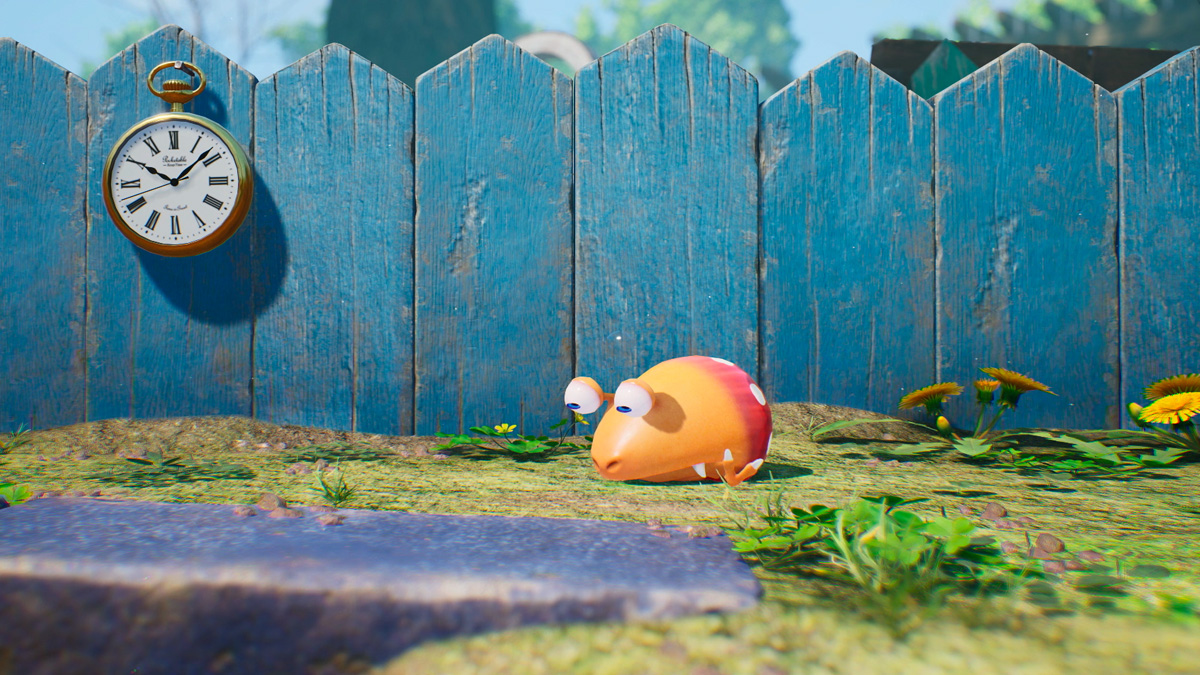

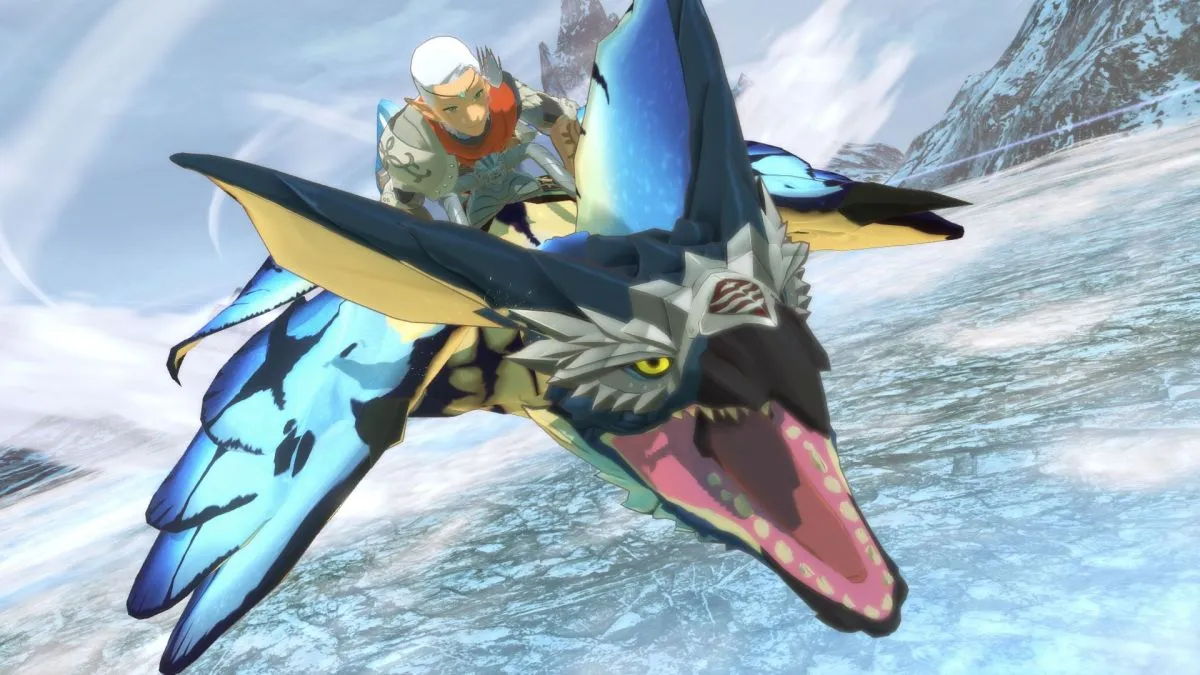
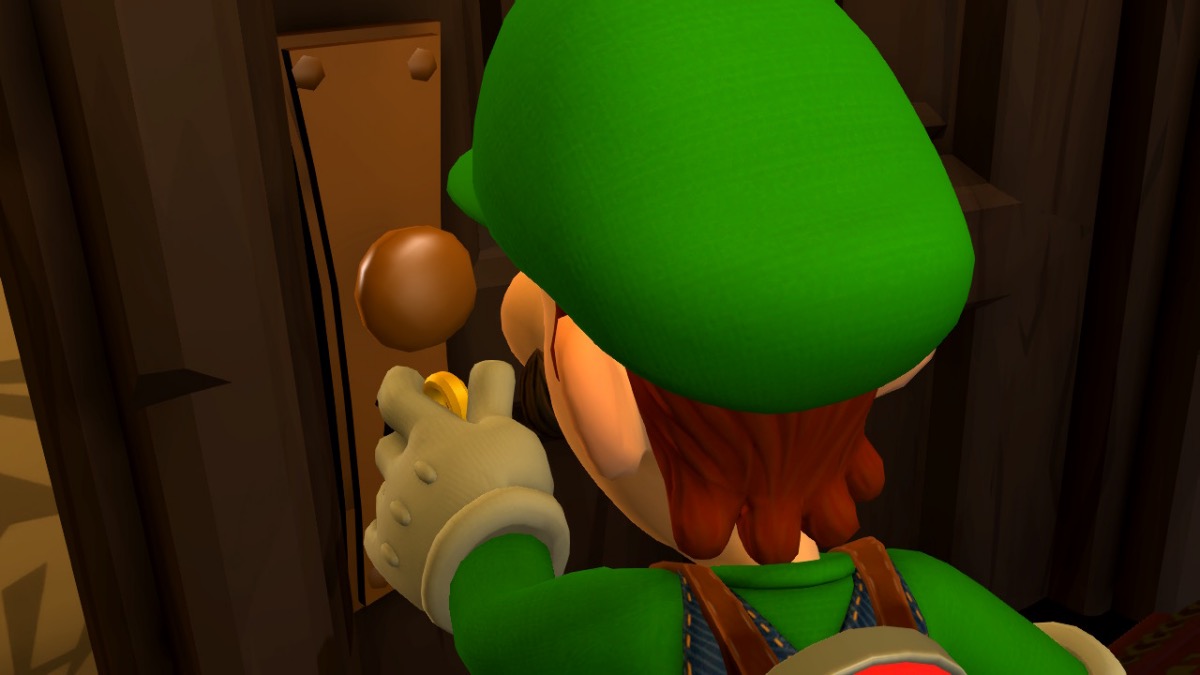

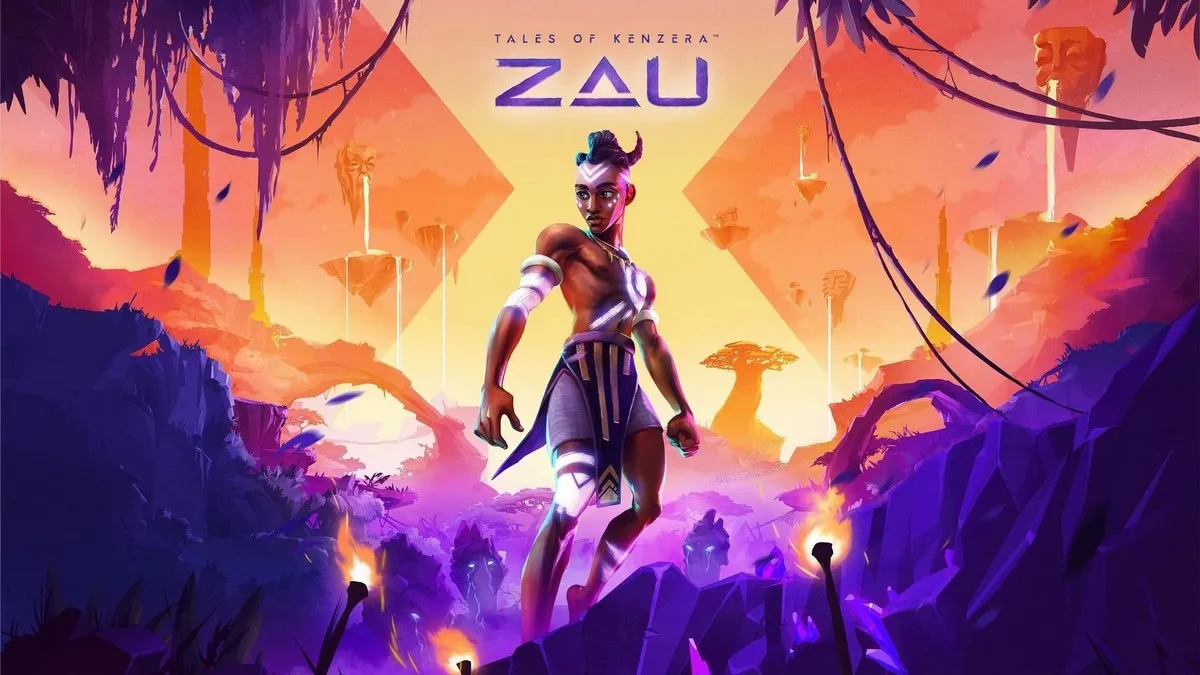
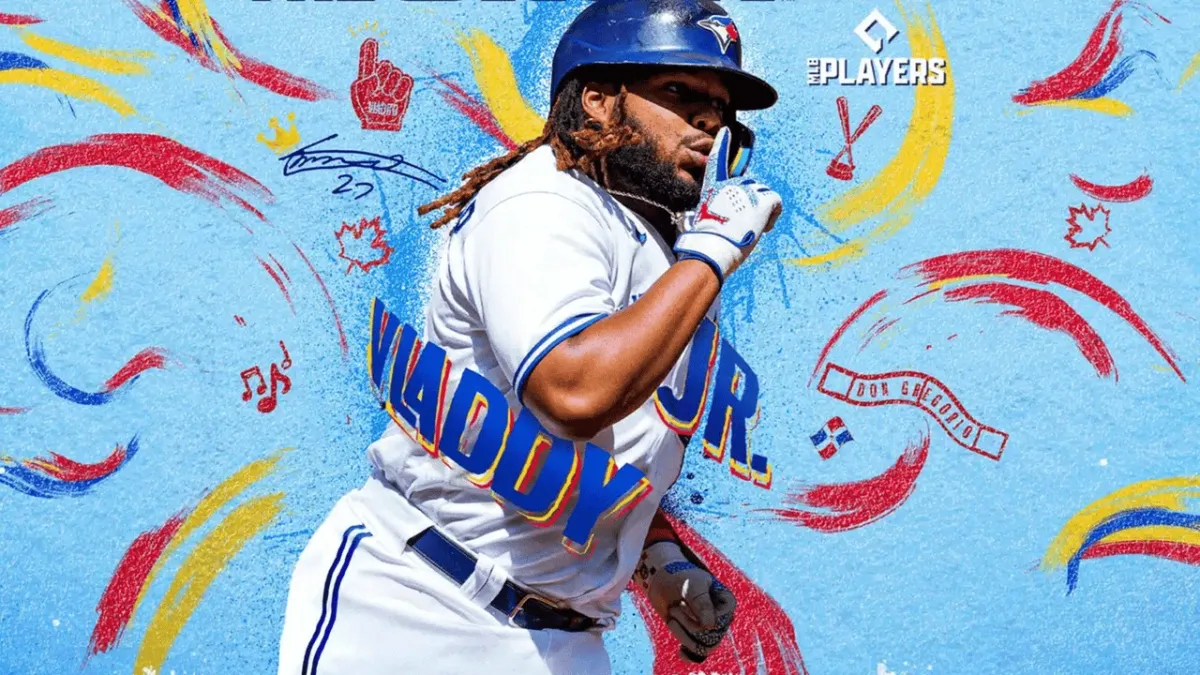


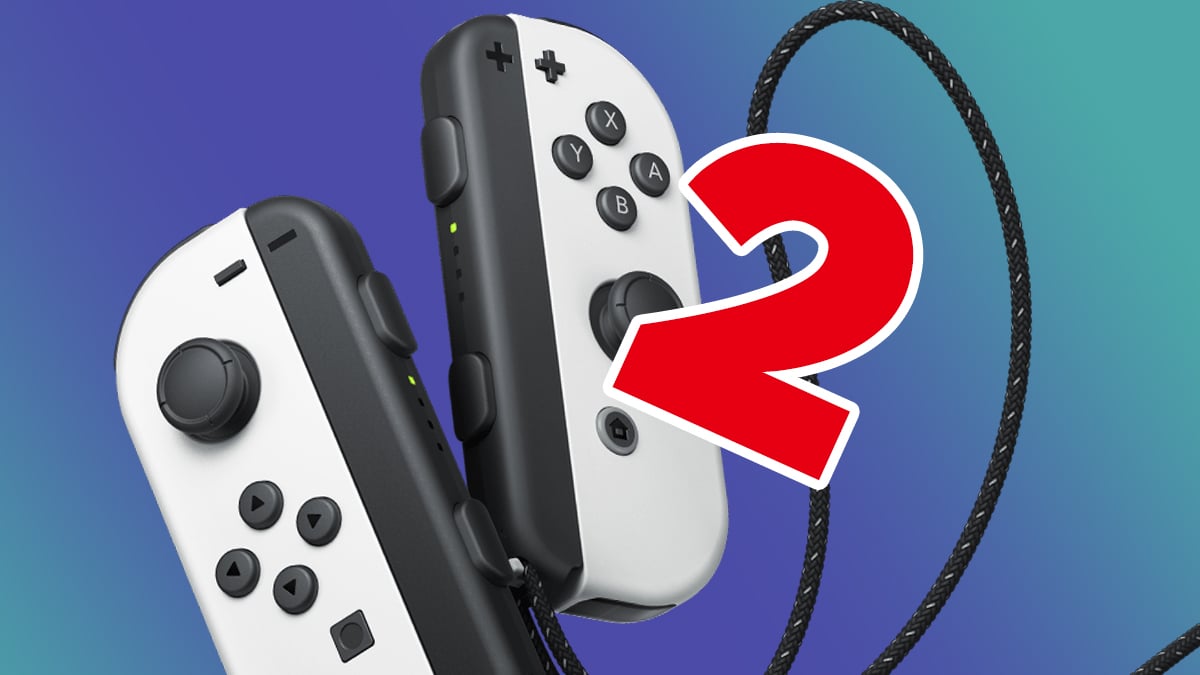
Updated: Apr 2, 2021 02:33 pm